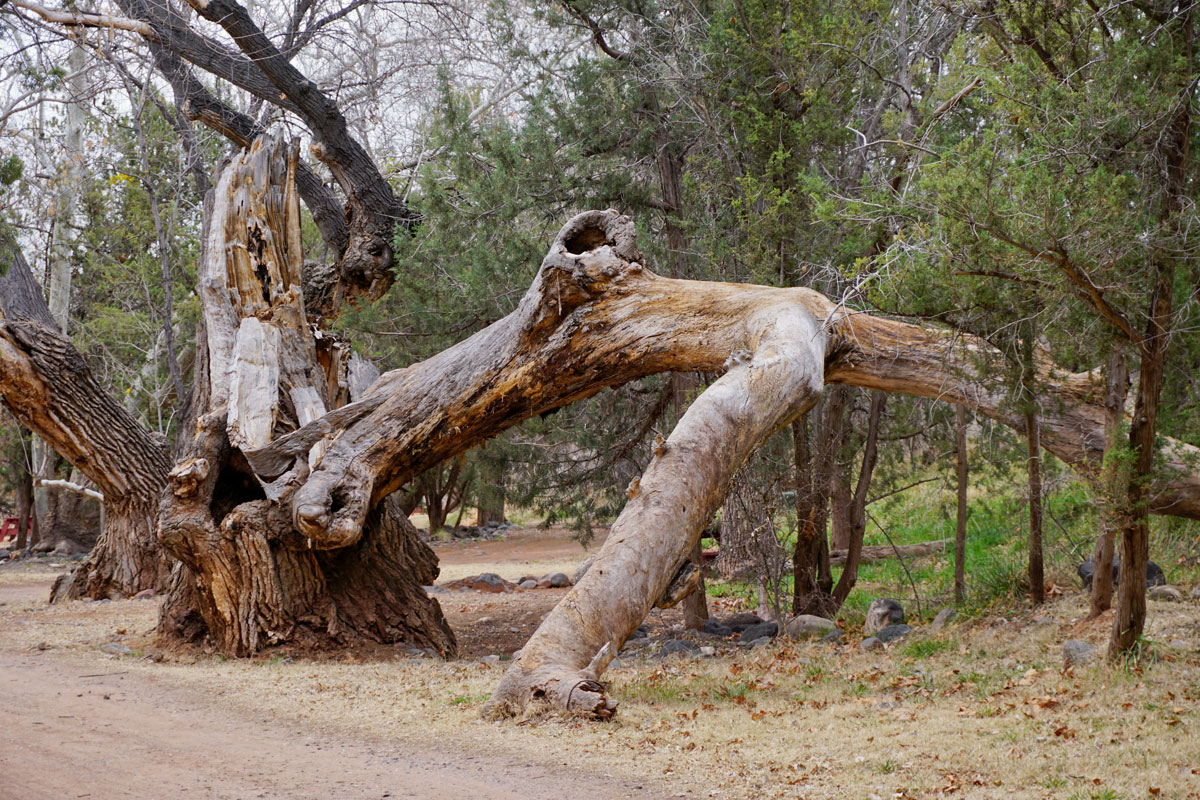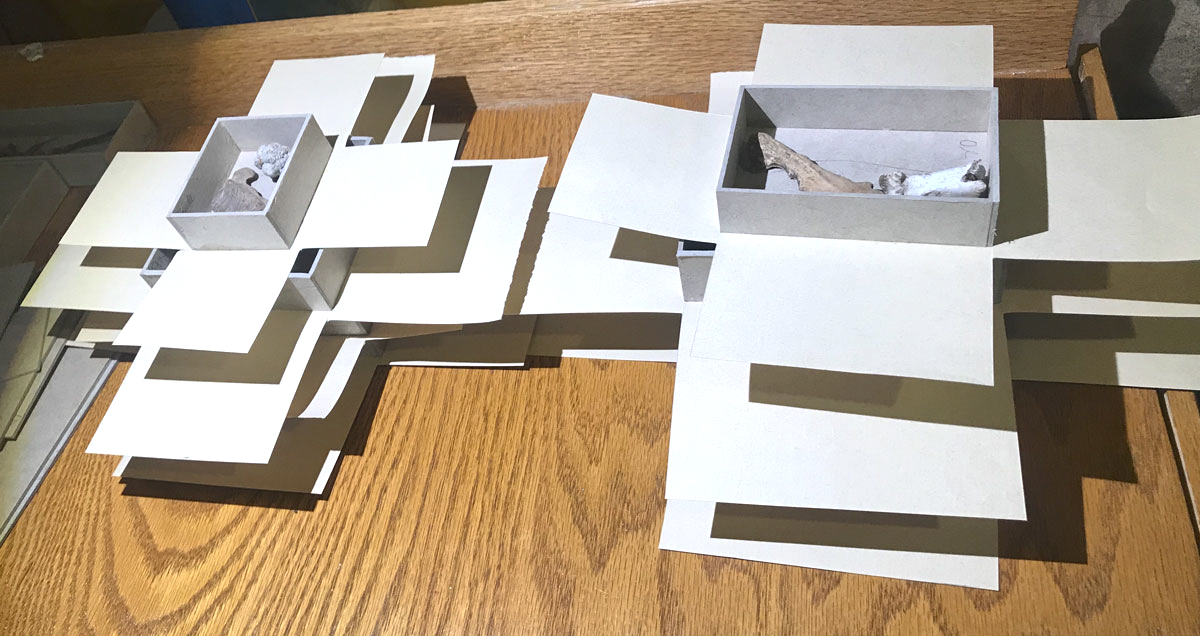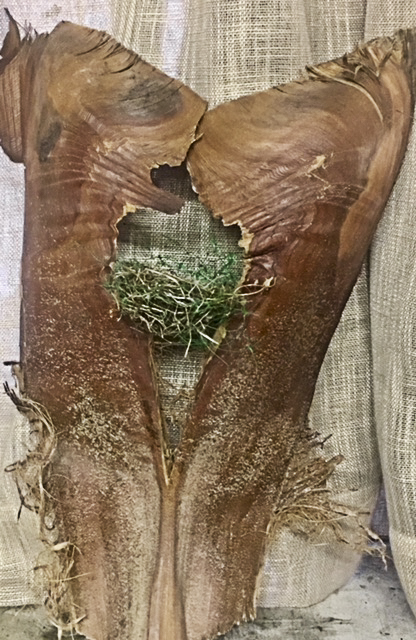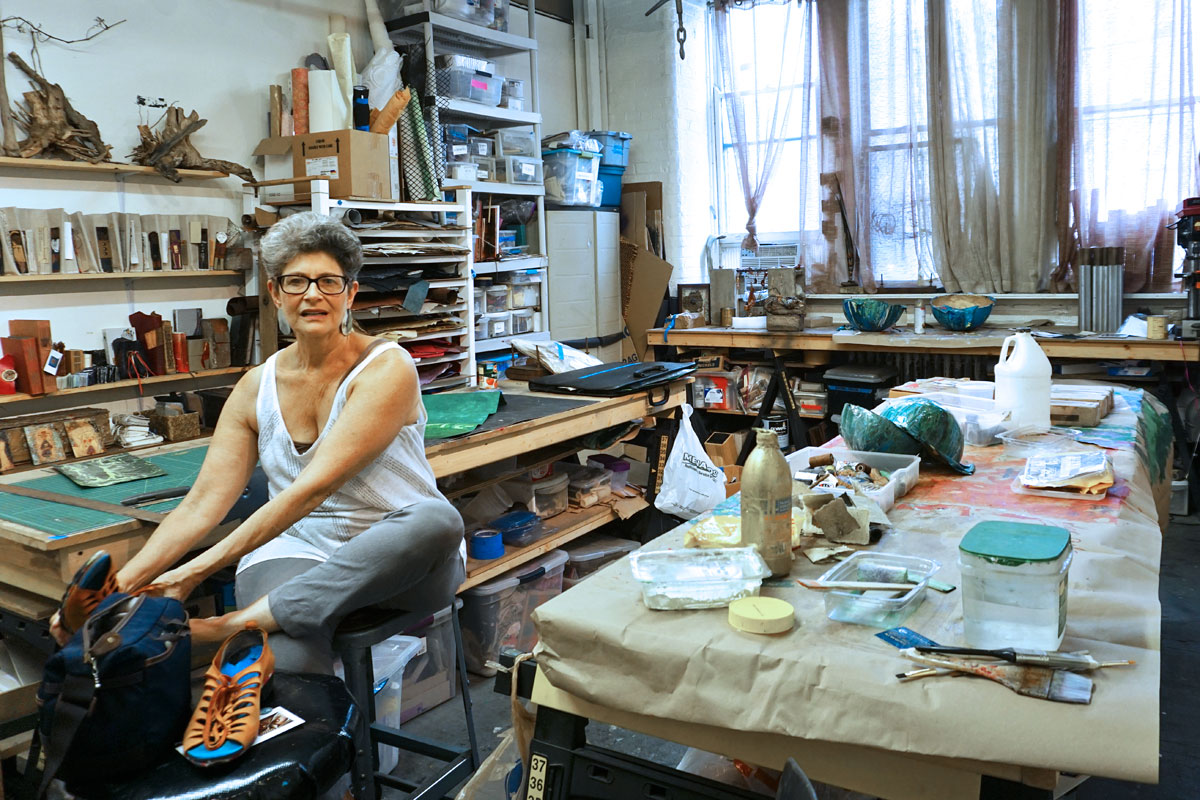Publishing
Adapting the idea into reality by producing the finished creative work — the artists’ book.
©2022 Louise Levergneux.
I have regrouped my thoughts, this month and a plan of action has started to bring a close to this beloved project. The end of the year seems to be at my doorstep and the need to complete at least four copies of this edition should be imminent.
©2022 Louise Levergneux. Printing of “Infatuation” pages.
©2022 Louise Levergneux. Printing of “Infatuation” pages.
I have printed all the pages plus the endsheets and looking forward to the return of the pages needing laser cutting back from FreeFall Laser in Massachusetts, to prepare the text block. This encompasses the cutting, folding, and “drumming” the pages together. After assembly, I will be trimming the head, tail and foredge. Not having a guillotine of my own, I plan on using Hazel & Violet Letterpress Printers facilities in Phoenix. All the boards (I used Crescent mattboard) and thin cards have been cut and are ready for action.
Next step gluing the spine and using Japanese red paper for lining the spine. Following a lengthy debate, I decided on a red faux leather bookcloth by Lineco to finish the boards and Iris crimson bookcloth for the spine wrapper.
©2022 Louise Levergneux. Materials for binding “Infatuation”
After an even more extensive debate concerning the beautiful red cow suede purchased in Salt Lake City, a decision to create a book wrap was made after a conversation with Judith Serling-Strum in Cincinnati, Ohio.
I can taste the end. I’m excited about the publishing phase now that everything is coming together and I am anticipating the results.
A quote from René Lalique (1925) comes to mind: “I look at; I examine; a tree alive in the sunlight appears as a fish beneath the water; suddenly the harmony of a shape, a gesture, a movement, becomes locked in my mind, combining with other ideas I have already acquired.”
This quote brings me back at the beginning of the process. Ideas, thoughts, feelings, and life experience were mixed with a past that shaped my childhood interests and laid part of the groundwork for “Infatuation.” This initiated a wonderful Creative Process that immersed my soul for the last year.
A model is great to see and pounder during the Pilot Options phase of the Creative Process but interacting with the final product will be completely different and exhilarating!

























